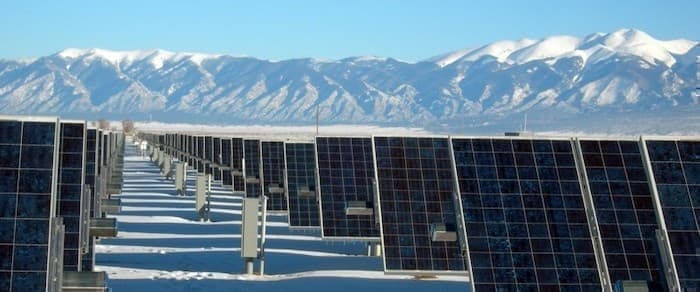We need the expertise, experience, and financial backing of Big Oil to drive wind energy forward in the U.S., following years of strong investments from oil firms across the country kickstarting the industry. As activists and international agencies continue to criticize Big Oil for its role in climate change and environmental degradation, it is precisely those firms that have made some of the more significant investments and added some of the greatest value to renewable energy projects across North America.
Wind capacity is expected to increase by 60 percent over the next five years from 100,000 megawatts (MW) at present. And the global offshore wind market could reach a value of $87.5 billion by 2026 according to predictions, an increase from just $36.1 billion in 2019. However, it will require significant investment and know-how from seasoned energy experts to get wind projects off the ground and meet this demand.
In April this year, Chevron became the first U.S. oil major to invest in offshore wind, signing a deal with Norway’s Moreld to develop Ocergy, a turbine technology company. It follows in the footsteps of European majors Shell, Equinor, and Total, which all have well-established offshore wind energy projects.
The offshore development is part of Chevron’s $300 million low-carbon investment plan. The development will see the construction of floating offshore wind turbines which will be used to power part of the U.S. grid.
Similar projects have already been seen in other areas of the world as Shell, with partners SSE Renewables and Equinor, is currently developing the world’s largest wind farm in the northeast of England. Phases A and B of the Dogger Bank Wind Farm will have a combined power generation capacity of 2,400 MW.
Related: Top U.S. Negotiator: Iran Nuclear Deal May Be Impossible
Now oil tycoon Phil Anschutz is investing in America’s biggest wind energy project, after a decade of setting the groundwork and applying for permits. The $5 billion project in Wyoming will see a personal investment of $400 million from Anschutz who is seeking equity partners to finance the remaining share. The development, expected to be completed by 2025, will see 1000 wind turbines up and running across 320,000-acres upon completion, enough to power 1.8 million homes across California.
One of the main attractions of wind is its similarity to oil and gas. An IEA report found that around 40 percent of the costs of offshore wind, such as the construction and maintenance of huge structures, overlap with the costs of the offshore oil industry.
In addition, with mounting pressure from governments and international agencies to go green, oil majors are looking at ways to invest in a future beyond oil and gas. While carbon capture technology has been a major move for most firms, some are looking to develop their renewable energy sectors to ensure their stake in international energy in the years to come.
Some companies have already made the switch from oil to wind rather than simply adding to their portfolios such as Denmark-based Ørsted. This is not surprising given the financial potential for wind energy development and the underexploited nature of the industry in the U.S.
At present, wind energy accounts for just 0.3 percent of global electricity today. But with significant projects planned for the U.S. over the next decade, Big Oil could have a hand in boosting this figure exponentially.
ADVERTISEMENT
By Felicity Bradstock for Oilprice.com
More Top Reads From Oilprice.com:
- Big Oil Unjustly Under Fire For ‘Dirty’ Hydrogen
- China’s Industrial Slowdown Could Kill The Commodity Rally
- Has The Oil Market Learned To Live With Covid?



















Basically, U.S. Big Oil still needs to get off the dime. Naturally, Big Oil thinks more along the lines of continuing to burn oil. Carbon capture and storage, meanwhile, is touted as the answer.
But capturing carbon continues to be a challenge. Best to hedge Big Oil's capture bet by developing a lot more wind power. Offshore, as highlighted in the article, is a ready fit. Let's get serious, Big Oil.